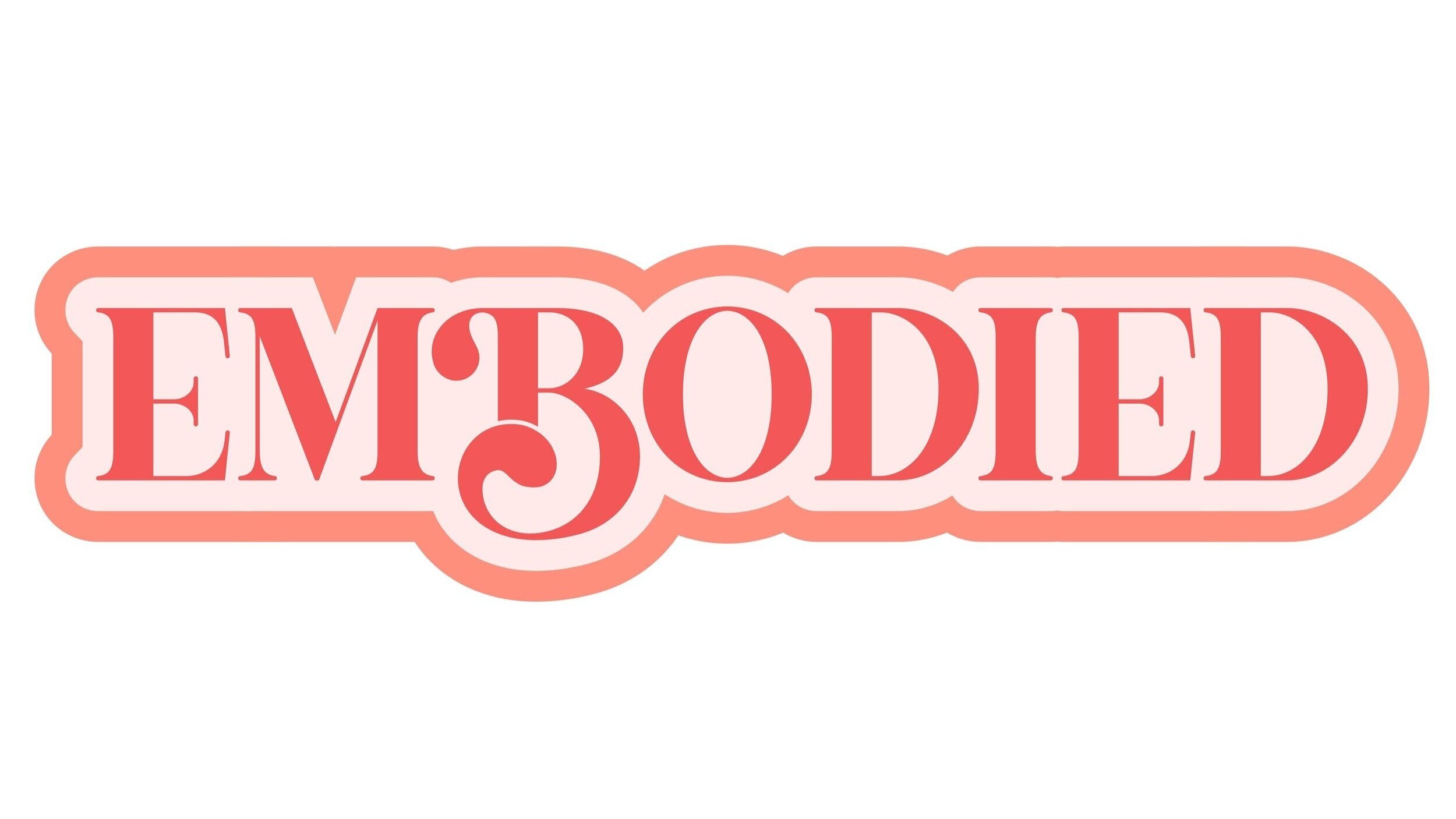Gender as a Tool and a Weapon
by Polina Pittel
Image via NYT
Among the many associations that come with the term millennial, “whiny” is among the first to surface. Millennials are often perceived as the overly sensitive, easily offended generation of barely-adults, using trendy hashtags and bold tweets to vent about anything and everything they are irritated by. Even in their more tangible efforts to rally, such as the recent Women’s March and the various anti-establishment protests, there are almost always as aesthetically pleasing graphics, posters and merchandise to accommodate the events, often making it all the more difficult to be taken seriously.
Though what many fail to recognize within this is the way in which this behavior has facilitated a voice for this generation. Millennials are tired of sitting back and allowing injustices to be considered the norm, using media platforms to not only call attention to them, but also as a call to action in addressing them.
With that being said, Triggered: Gender as a Tool and Weapon at the New Museum is a major win for millennials. The exhibition presents an investigation of gender through the contemporary realms of media and culture, particularly showcasing perspectives beyond the familiar binary. What is also unique about the exhibit is the way in which it confronts intersectionality, a particularly crucial (though often understated) element to the conversation on gender. Standout pieces of the show, such as Tschabalala Self’s mixed media masterpiece “Wild Blue Cherry,” do just that, adding dimension to the otherwise open ended exhibit. Liz Collin’s installation “Cave of Secrets” on the museum’s second floor is another example, aligning her work in the context of feminist art practices through her reliance on textiles in the intimate gathering space she creates.
What is particularly important to recognize about Triggered is the way in which it affirms the value of the today’s conversations on gender. Until now, there has been no other well respected institution to recognize the noise surrounding gender norms and trigger warnings. Sure, there have been plenty of shows dedicated to silenced female voices, or even showcasing ancient culture’s perceptions of gender (A Woman’s Afterlife: Gender Transformation in Ancient Egypt at the Brooklyn Museum). Yet they all seem to have missed the mark on objectively reflecting what conversations on gender look like today. The New Museum reinvigorates a tired choice of subject, doing what literally everybody is thinking, but has never been done before.
On a macro level, Trigger checks all the boxes, with even the title of the show serving to contextualize it in the modern day. The title represents a sardonic reclamation of the the term, despite what it has come to connote, while the subtitle encapsulates the various degrees of the conversation on gender. There is no denying the fact that a show like Trigger was long overdue in the art world, though needless to say, its execution could have been done with a bit more finesse. A number of elements of the show were exceptionally strong, such as Justin Vivian Bond’s multimedia performance of My Model | My Self: I’ll Stand By You (2015) offering a veiled criticism of the ways in which mainstream advertising and youth culture has insinuated socially constructed, arbitrary models of feminism. Though the impact of pieces like so were weighed down by the other works which were less explicitly related to Trigger’s core, even upon reading the wall text. Moments of confusion like so are apparent throughout the show, where certain pieces don’t seem to fit into the grand scheme of the exhibit. The fourth floor, in particular, is disorienting, wherein large abstract masses of work are poorly labeled, not only leaving audiences unsure of what work is what, but also becoming all the more difficult to connect with and relate to the greater dialogue Trigger seeks to foster.
It would be easy to write off the curators as the source of blame for this confusion, though moments like this personally left me curious to understand the deep-seated reasons as to why I was so perplexed. It’s not unusual to feel not well-enough educated in a museum setting, though the feeling becomes strangely foreign when the work reflects the day to day you’re living, and should, therefore, technically be familiar with. In this way, the confusion Trigger evokes is a criticism in itself, calling into question who really is at fault for your confusion—is it the audiences themselves, who should be more familiar with the history of this suppressed history predating the reign of the millennial? Or might it even be other art institutions, whose habit of establishing a threadline-narrative between pieces has socialized audiences to expect that in a curated exhibition? In any case, it’s certainly worth the trip downtown to figure out.
Originally published 12/11/17

